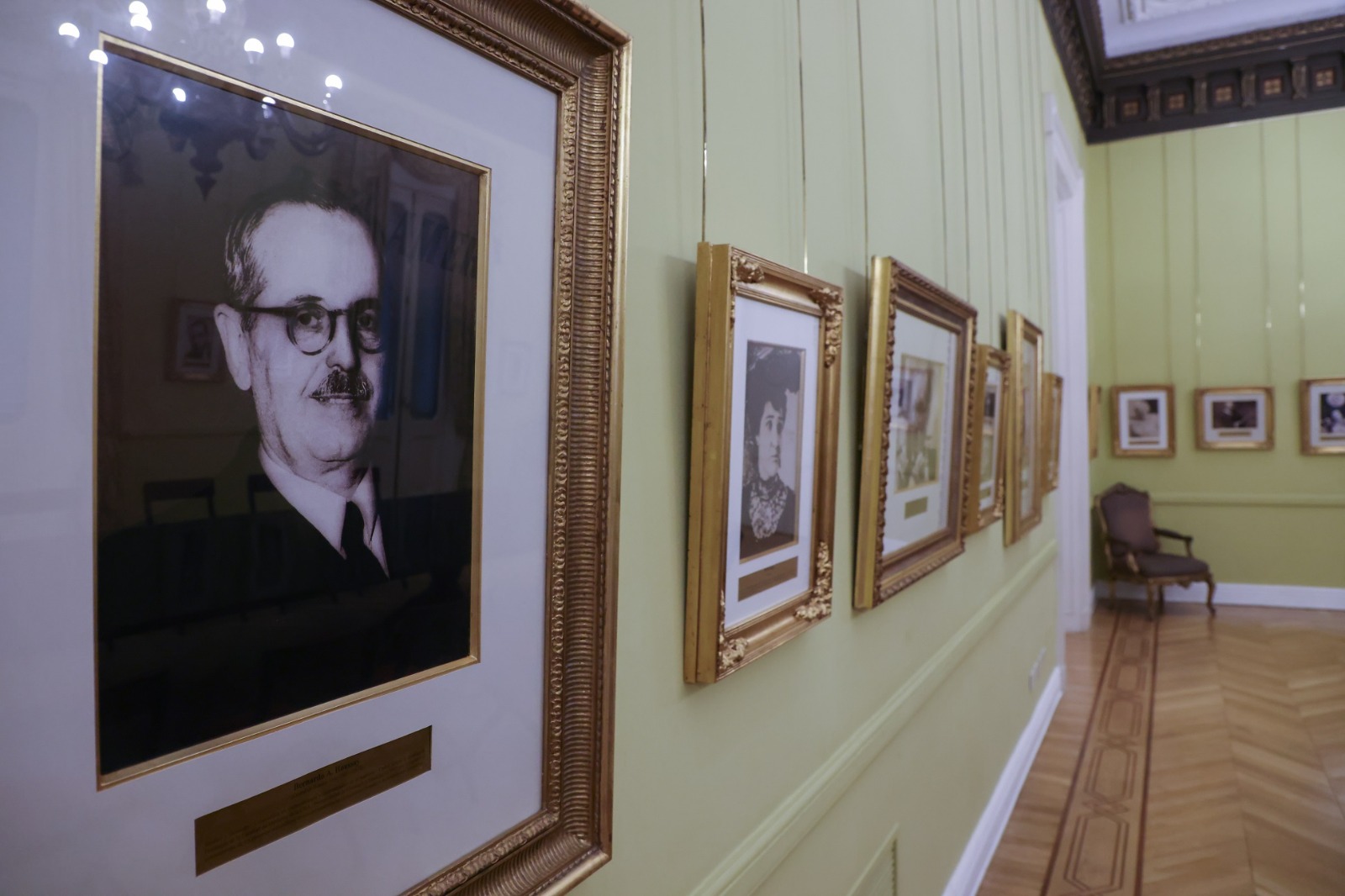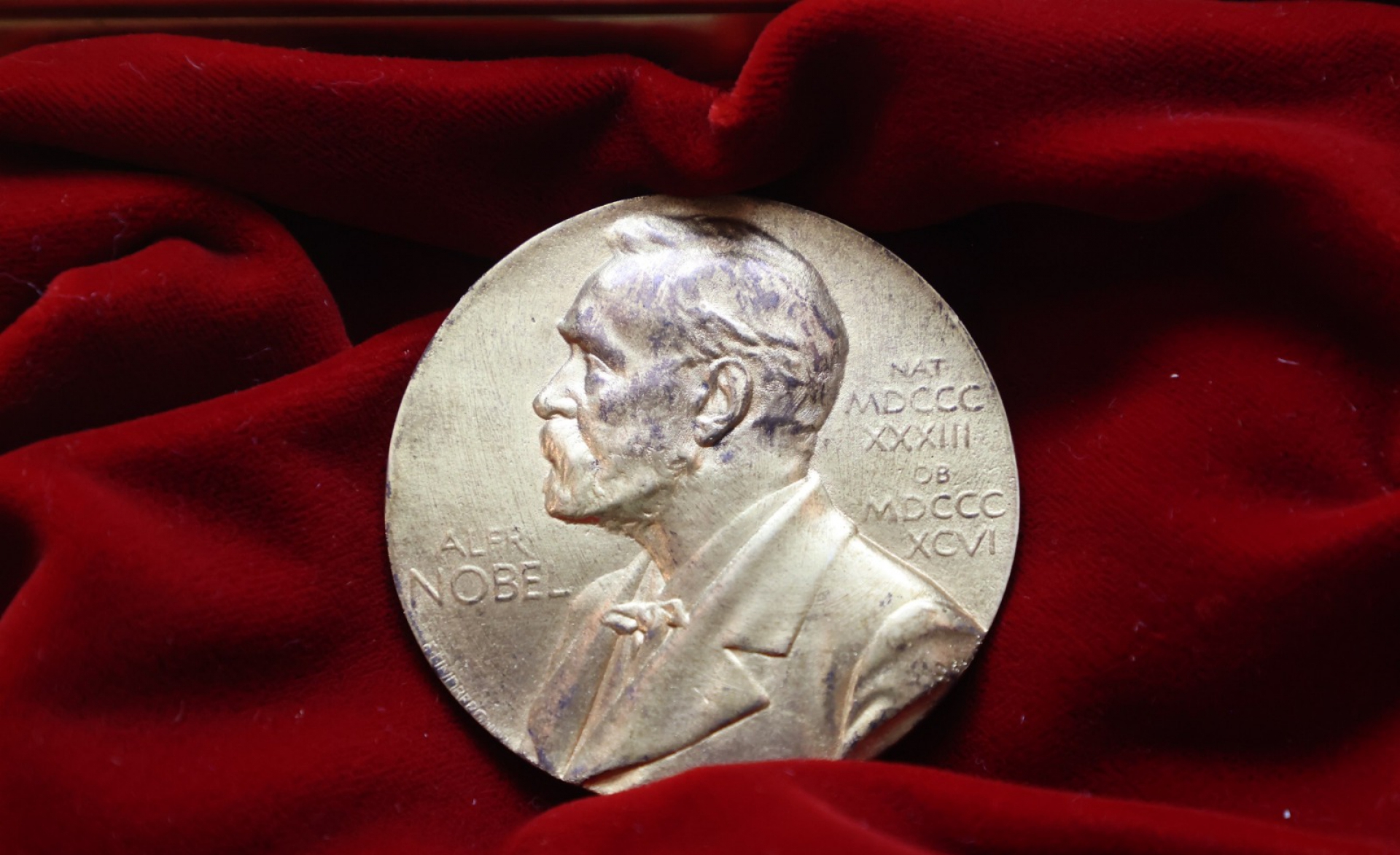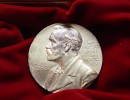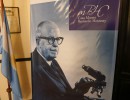On 23 October 1947 Bernardo Houssay, a pioneer in the study of endocrine physiology, put Argentina at the centre of world science. His discoveries on the role of the pituitary gland in regulating the amount of sugar in the blood earned him the Nobel Prize in Medicine.
Houssay was the first Argentinean to receive a Nobel Prize, a recognition that not only highlighted his work, but also put science on the map in Latin America. His research on the action of insulin and its relation to diabetes mellitus laid the foundations for future advances in the treatment of this disease.
In 1945, Bernardo Houssay published the treatise ‘Human Physiology’ in collaboration with prominent members of his team, such as Eduardo Braun Menéndez, Virgilio G. Foglia, Oscar Orías, Luis F. Leloir, Juan T. Lewis and Enrique Hug. Foglia, Oscar Orías, Luis F. Leloir, Juan T. Lewis and Enrique Hug. This work, which included articles and illustrations on general physiology, was translated into several languages, including French, English, Portuguese and Italian, marking a milestone in the popularisation of science in Argentina.
The publication of this treatise catapulted Houssay to international fame, and on 23 October 1947 he received the Nobel Prize in Physiology and Medicine, becoming the first Latin American to be recognised with this prestigious award in the field of science.

In homage to his career, the Argentine Science Hall of Casa Rosada displays a painting of Dr. Bernando Houssay, as well as other outstanding personalities of the scientific field.
This anniversary invites us to remember the importance of scientific research and the legacy of Houssay, who was also an advocate of education and the training of new generations of scientists. His contribution not only transformed medicine, but also inspired many to follow in his footsteps in the exciting field of science.


